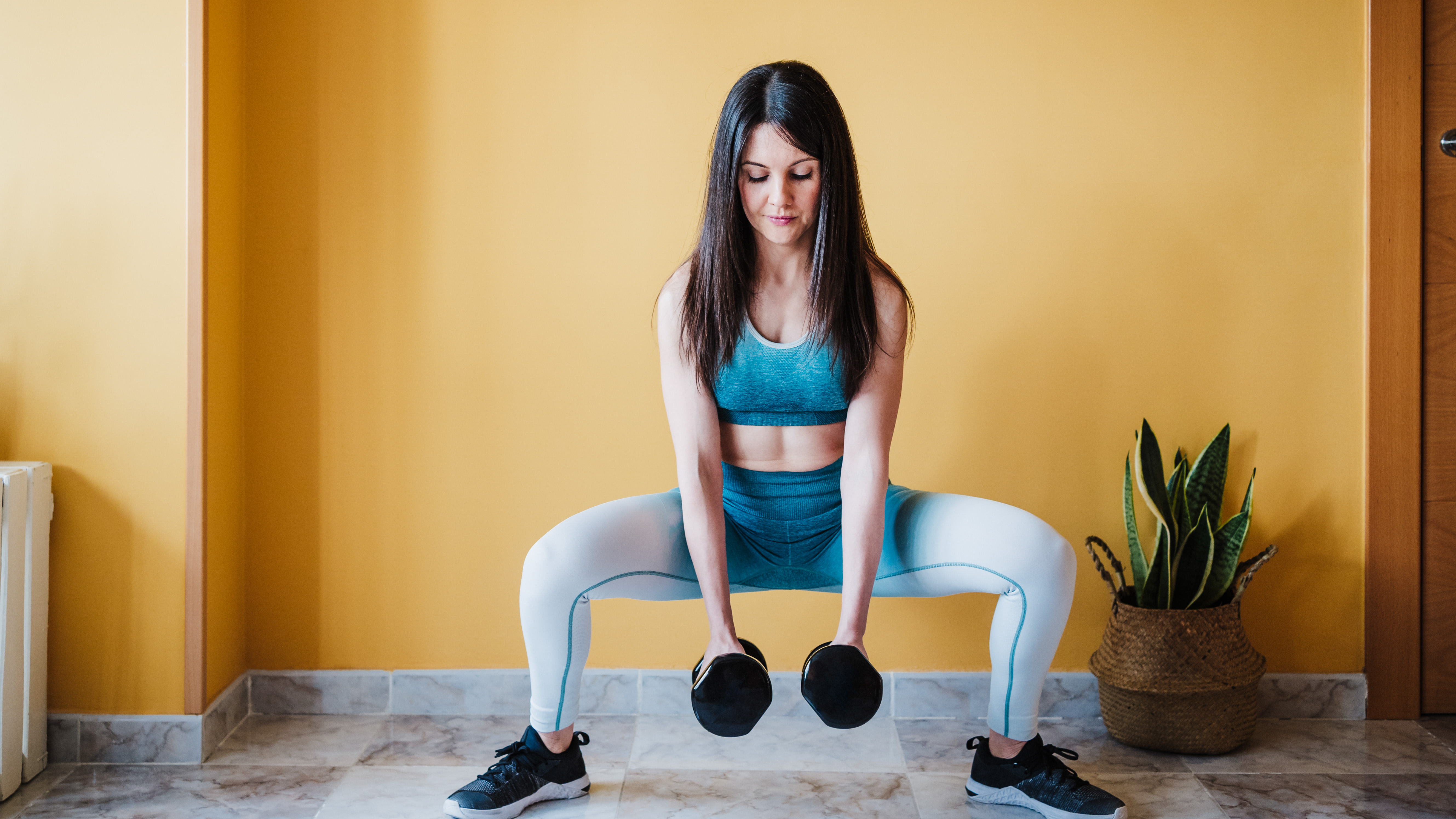Two dumbbells and six moves are all you need to build upper-body strength with this back and biceps workout
You don't need the gym to develop muscle, just this at-home routine

There are so many strength training techniques out there it can make your head spin. Thankfully, if you're a regular person rather than a gym devotee, you can keep things simple with straightforward workouts and a simple pair of dumbbells.
Dumbbells are actually one of the best pieces of equipment for targeting specific muscles, as they can be used for a variety of moves. Trainer Britany Williams has shared a workout that proves just how effective dumbbell workouts can be.
Williams' six-move dumbbell workout will help you strengthen your biceps, which are the muscles located in the upper arm, and your back, including the lats and traps.
How to do Britany Williams' biceps and back dumbbell workout
A post shared by Britany Williams (@britanywilliams)
A photo posted by on
You'll need two dumbbells for the routine. If you find yourself struggling to complete any of the moves with correct form then decrease the weight you're using.
Complete eight to ten reps of each exercise, on both sides of the body where applicable, and rest for about 60 seconds in between rounds, going for three rounds overall.
The benefits of back and bicep dumbbell workouts
There are two main areas that Williams targets with this workout: the back and the arms.
Strengthening your back muscles with routines like this one could help you move more easily in everyday life. Regularly practicing this workout could also help you avoid spinal injuries and general lower back pain.
Start your week with achievable workout ideas, health tips and wellbeing advice in your inbox.
As a lot of the dumbbell moves in this routine are unilateral (one-sided) they can also help you identify and address muscular imbalances. When you perform these moves, you might notice that one side feels stronger than the other.
If that's the case, don't panic! It's common to develop imbalances in your body—a lot of people find their right arm is stronger because they use it more, for example. Doing unilateral exercises forces your weaker muscles to perform on their own, without the support of other stronger muscles .
You don't need to change weights to address this. As long as you keep performing the exercises, your weaker side should eventually catch up. When both sides can easily manage the workout, bump up the weight to challenge your muscles again. This is a principle known as progressive overload and it's crucial if you want to build strength.
Alice Porter is a freelance journalist covering lifestyle topics including health, fitness and wellness. She is particularly interested in women's health, strength training and fitness trends and writes for publications including Stylist Magazine, Refinery29, The Independent and Glamour Magazine. Like many other people, Alice's personal interest in combining HIIT training with strength work quickly turned into a CrossFit obsession and she trains at a box in south London. When she's not throwing weights around or attempting handstand push-ups, you can probably find her on long walks in nature, buried in a book or hopping on a flight to just about anywhere it will take her.